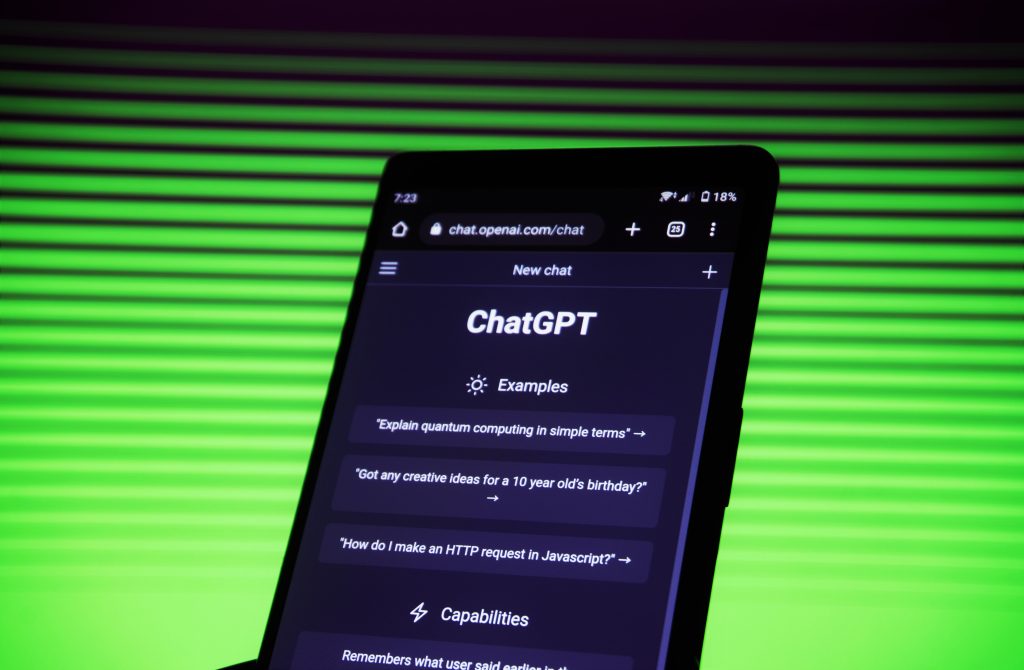
Recently, the rise of Generative AI has led to an explosion in fake news and disinformation creation. This presents a significant challenge to traditional fact-checking systems, which are often centralized and rely on human verification.
However, decentralized fact-checking systems such as Community Notes on X (formerly Twitter) or Fact Protocol have emerged as potential solutions.
Let’s Explore How Generative AI is being used for creating Fake Information:
Deepfakes: Deepfakes are videos created using Generative AI algorithms that can replace the face of an individual in an existing video with someone else’s face. This technology has been used to create fake videos of celebrities, politicians, and other public figures.
Example: Let’s say there is a video of a political leader giving a speech. Someone could use a deep fake algorithm to manipulate the video and change the leader’s words and actions, making it appear like they are saying something completely different or behaving inappropriately. The result could be a video that looks very real and convincing but is a wholly fabricated piece of disinformation.
In recent years, deep fakes have become more sophisticated and easier to create, which has raised concerns about their potential impact on politics, national security, and public trust. This is just one example of how Generative AI can be used to create fake information that can spread quickly and have real-world consequences.
Text generators: There are various text-generating AI models such as GPT-3 that can generate realistic-sounding text. These models have been used to create fake news articles, social media posts, and even entire websites that spread disinformation.
Example: Let’s say there is a news article reporting on a major event. A text generator algorithm could be used to create a fake version of the article, complete with quotes from fake sources, misleading information, and false claims. The result could be a piece of disinformation that appears to be a legitimate news article but is completely fabricated.
With the rise of natural language processing and other AI technologies, text generators have become more advanced and difficult to detect. They can be used to create fake news stories, social media posts, and even emails or messages that appear to come from real people.
Audio synthesis: Generative AI algorithms can be used to create synthetic audio that sounds like it was spoken by a real person. This technology has been used to create fake audio recordings of public figures saying things they never actually said.
Example: A deep fake audio clip could be created of a political figure saying something they never actually said. The clip could then be shared on social media, where it could quickly spread and influence public opinion.
Another example of audio synthesis is voice cloning, where a computer program can generate a synthetic voice that sounds like a particular person. With enough audio samples of a person’s voice, a deep learning algorithm can learn to replicate their speech patterns, inflections, and tone. This technology could be used to create fake audio recordings of people saying things they never actually said or to impersonate someone’s voice for fraudulent purposes.
Audio synthesis is a powerful tool that can be used for both good and bad purposes. While it has the potential to enhance audio recording and editing processes, it also has the potential to be used for disinformation campaigns and other malicious activities.
Advantages of Decentralized Fact-checking System
Decentralized fact-checking systems offer several advantages over centralized systems. First and foremost, they are more resistant to censorship and manipulation. Because the fact-checking process (information) is distributed across a network of nodes, it is more difficult for any one actor to control or manipulate the results. This helps to ensure that fact-checking is done in an objective and unbiased manner, without interference from any external entities.
Another advantage of decentralized fact-checking systems is their ability to leverage the power of the community. By crowdsourcing fact-checking tasks to a network of users, these systems can tap into a vast pool of knowledge and expertise. This not only improves the accuracy and speed of fact-checking but also helps to build trust and credibility with users.
Perhaps most importantly, decentralized fact-checking systems are better equipped to handle the challenges posed by Generative AI. These systems use advanced algorithms and machine learning techniques to analyze large datasets and identify patterns of disinformation. By leveraging the power of AI, these systems can quickly and accurately detect and flag potential instances of fake news or disinformation.
The need for decentralized fact-checking systems like Community Notes or Fact Protocol has never been greater. In an era of Generative AI and rampant disinformation, it is essential that we have robust, decentralized systems in place to ensure that the information we consume is accurate and trustworthy. By leveraging the power of AI and the community, decentralized fact-checking systems have the potential to revolutionize the way we verify information and build trust in our media ecosystems.
References / Related Resources
Reuters Institute / Gretel Kahn Tuesday: Will AI-generated images create a new crisis for fact-checkers? Experts are not so sure (11 April 2023).
CSET / Waleed Rikab, PhD on Medium: Generative AI Is Enabling Fraud and Misinformation — Here Is What You Should Know (17 January 2023).
RAND Corporation / Todd C. Helmus: Artificial Intelligence, Deepfakes, and Disinformation (July 2022).
Photo by Mojahid Mottakin on Unsplash